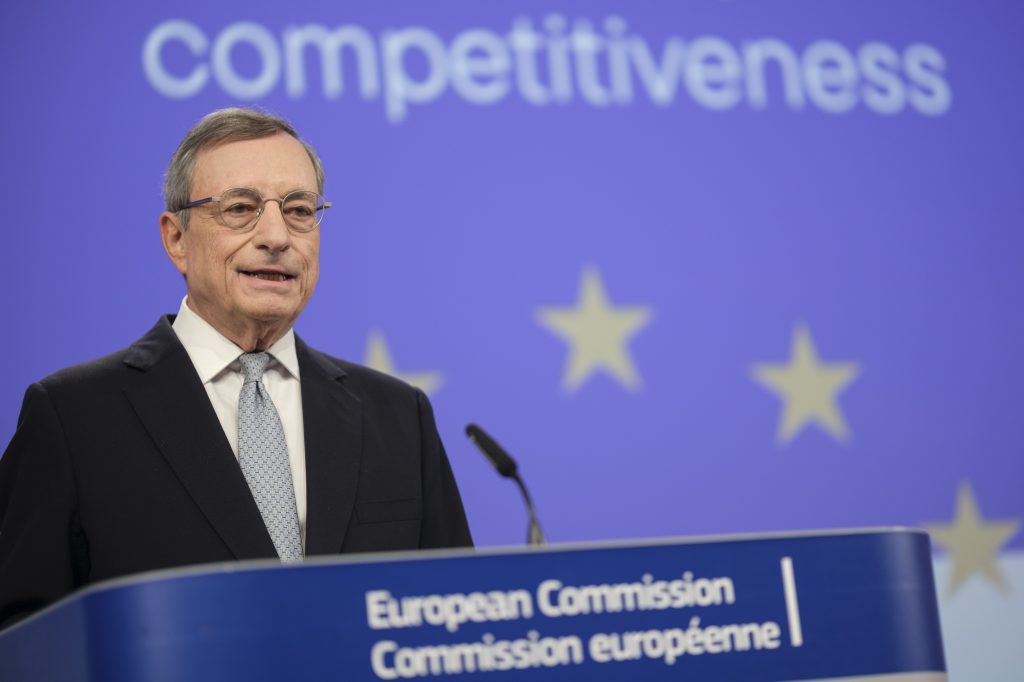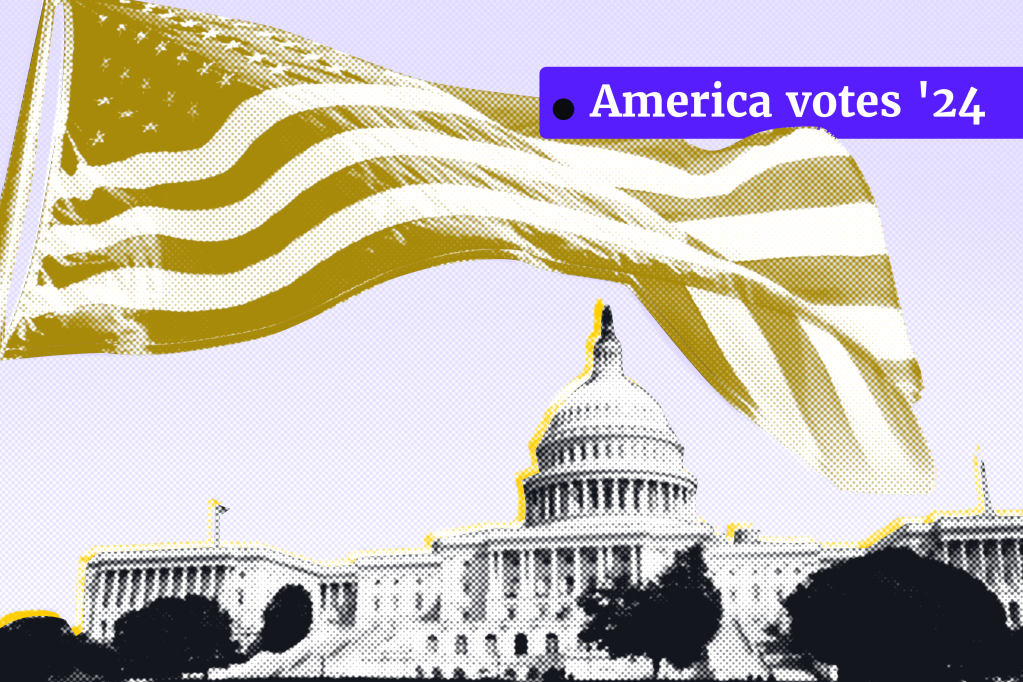The US presidential race is one that polls have noted as exceedingly close right now. Companies are legitimately looking ahead and trying to see beyond the uncertainty surrounding the outcome of the election to assess what outcomes will mean for policy and regulation coming out of Washington.
The WSJ-Dow Jones
Register for free to keep reading.
To continue reading this article and unlock full access to GRIP, register now. You’ll enjoy free access to all content until our subscription service launches in early 2026.
- Unlimited access to industry insights
- Stay on top of key rules and regulatory changes with our Rules Navigator
- Ad-free experience with no distractions
- Regular podcasts from trusted external experts
- Fresh compliance and regulatory content every day

















